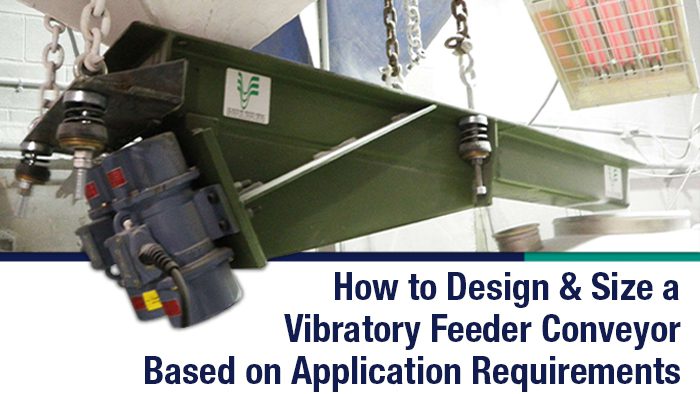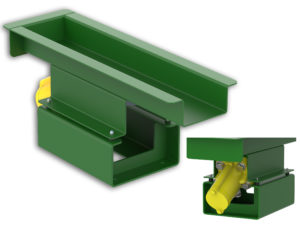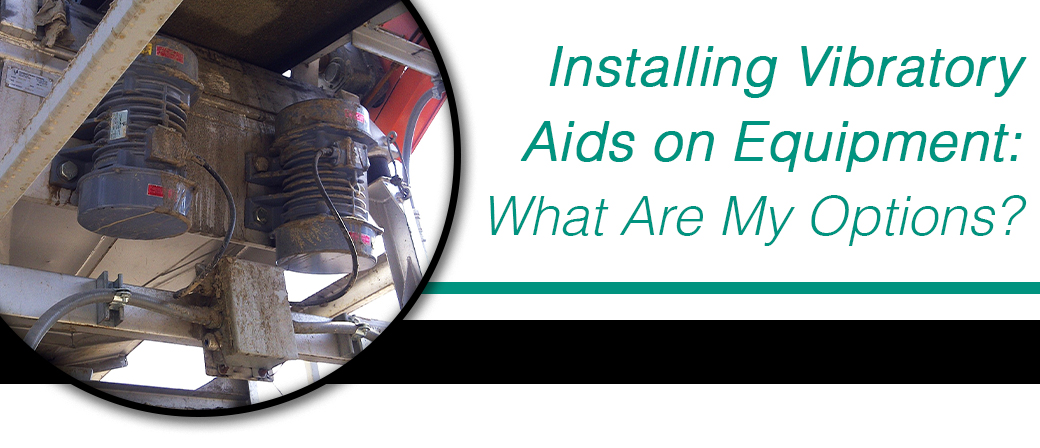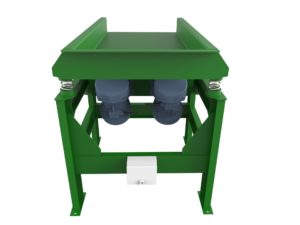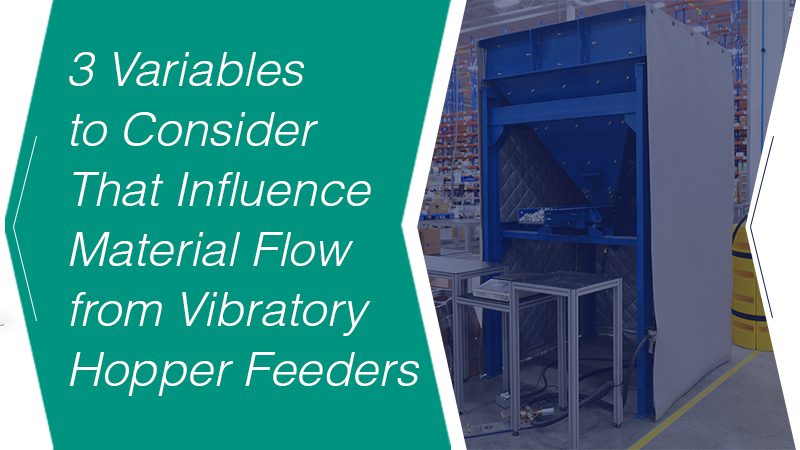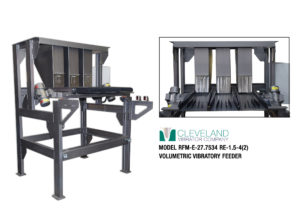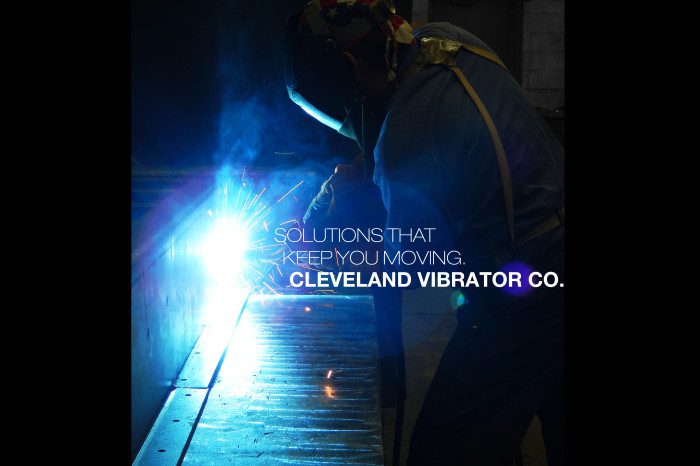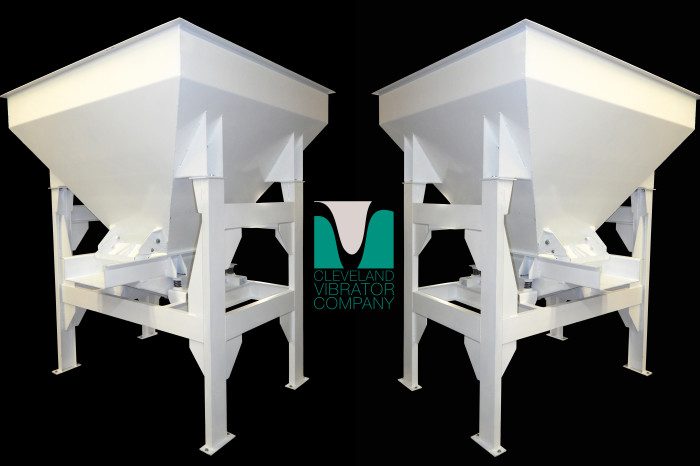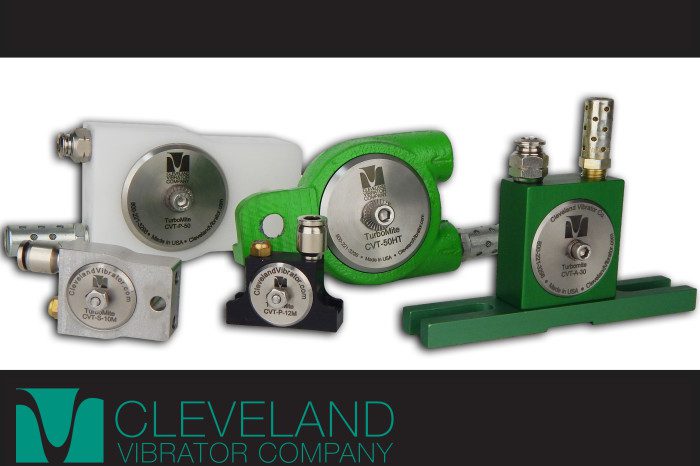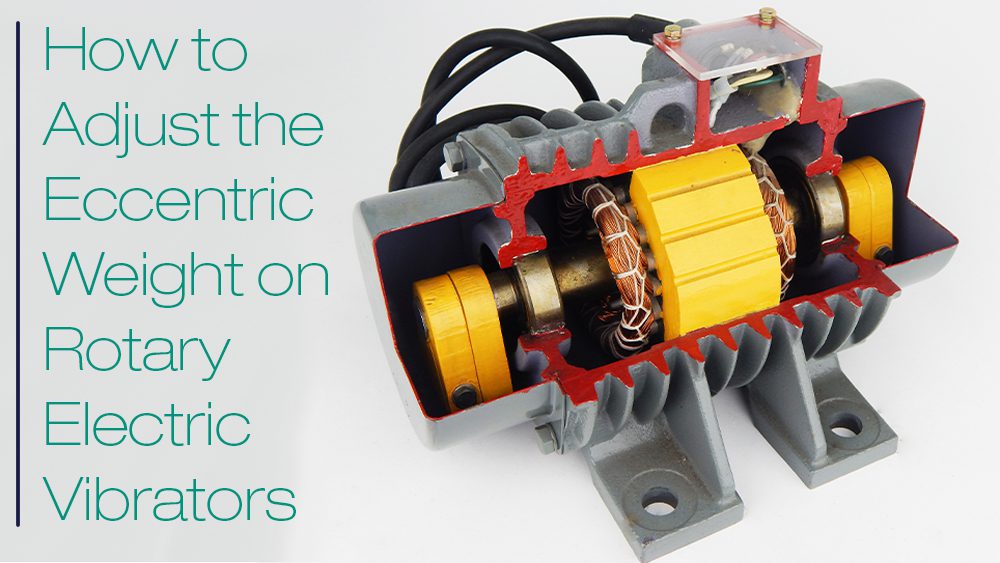The Engineering Perspective: How to Stop Fatigue Failure During Vibrator Installation
By Derek Stake
After reading some of our very informative blogs about vibration applications on hoppers, you probably learned that vibrators don’t damage equipment, wrong installations do. Those blogs described how critical it is to size the vibrator for your hopper applications and the importance of using a stitch weld to adhere the vibrator mount to the hopper wall. Now, I would like to provide some engineering support discussing why stitch welding is essential and further insight into how vibration works to improve material flow inside a hopper.
Read More…Share this blog post:


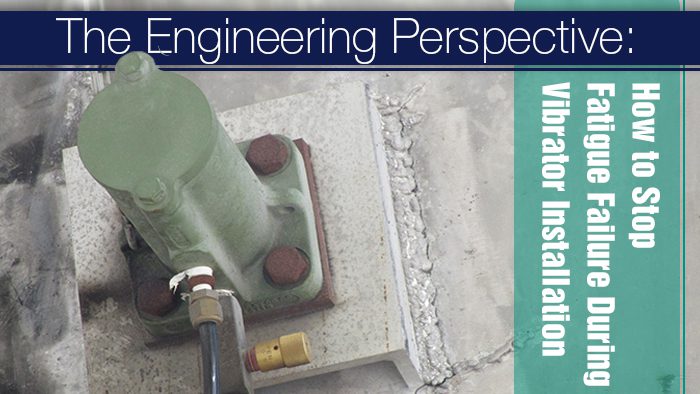
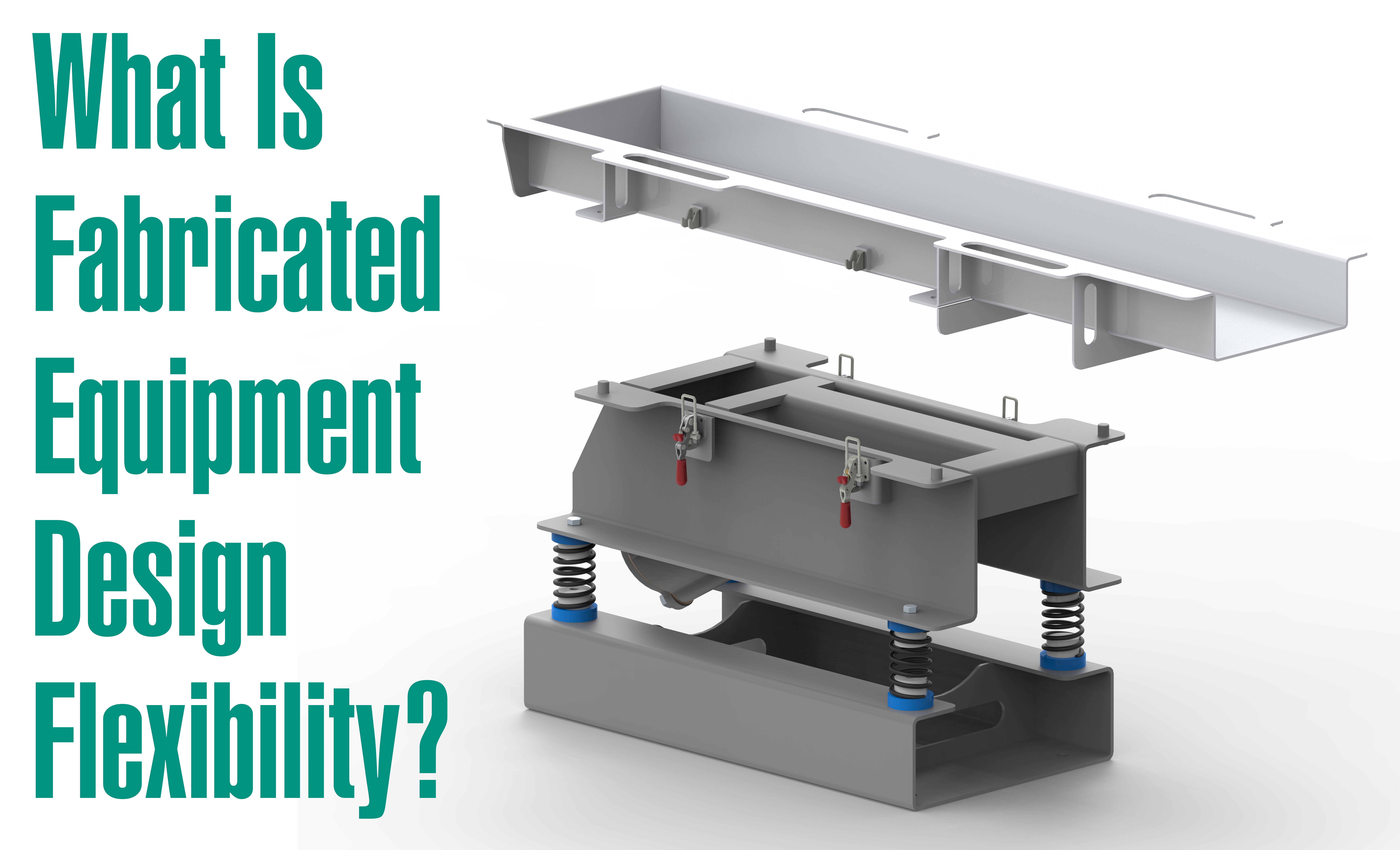
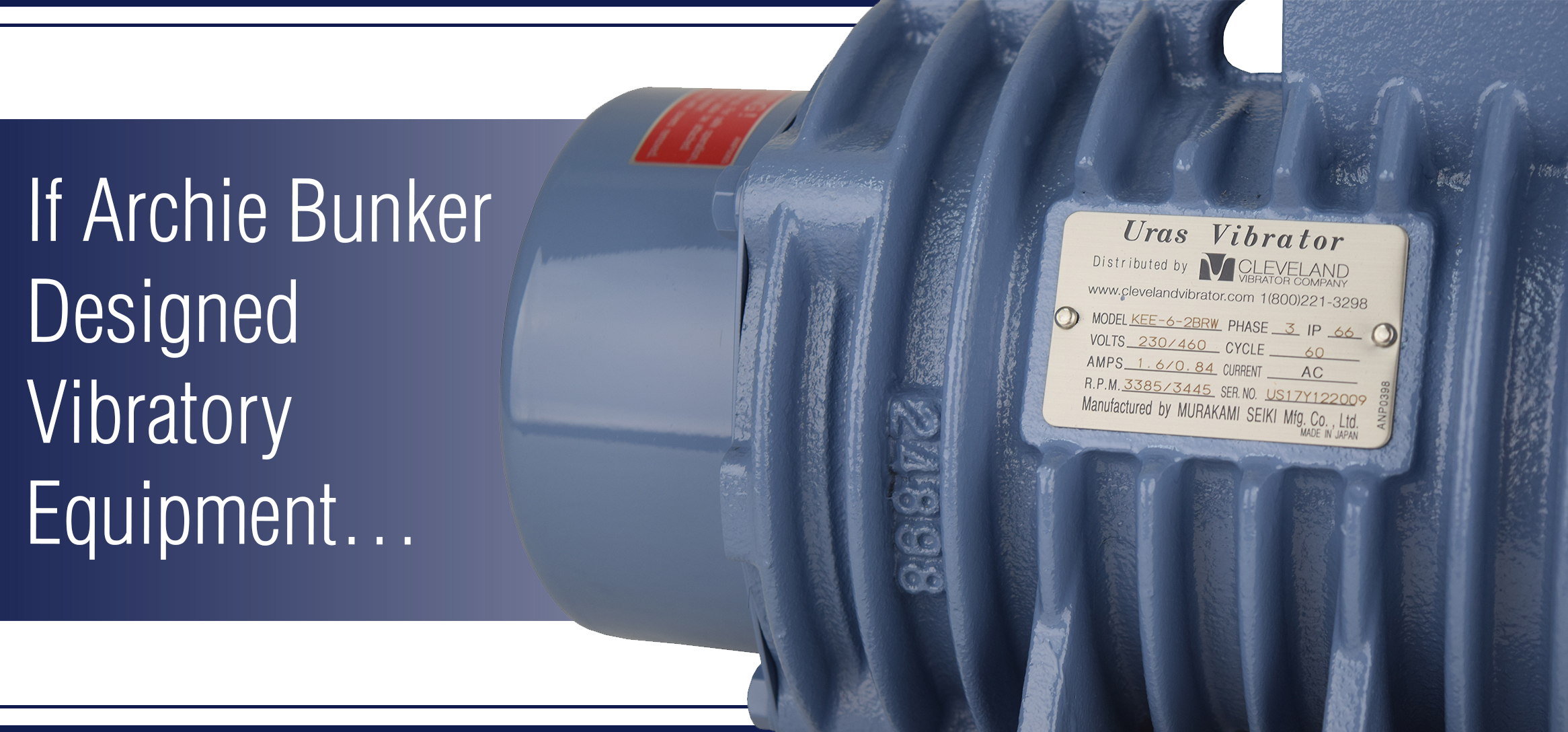
 When I joined the Cleveland Vibrator family, I had just graduated with a Bachelor’s degree in Mechanical Engineering and had no prior experience in the field of industrial vibration or vibrators. During the course of my formal education, I had one class that dealt with vibration, the focus of the class as I recall was how to eliminate it, certainly not how to use it to perform meaningful work. When I was hired on, my informal education into the world of industrial vibrators and vibration began. Just like coming into any family, you learn the way the family works, the teams they root for, the legends they admire and the folks to be avoided. I feel fortunate that I had some excellent family members to bring me up in the world of vibration.
When I joined the Cleveland Vibrator family, I had just graduated with a Bachelor’s degree in Mechanical Engineering and had no prior experience in the field of industrial vibration or vibrators. During the course of my formal education, I had one class that dealt with vibration, the focus of the class as I recall was how to eliminate it, certainly not how to use it to perform meaningful work. When I was hired on, my informal education into the world of industrial vibrators and vibration began. Just like coming into any family, you learn the way the family works, the teams they root for, the legends they admire and the folks to be avoided. I feel fortunate that I had some excellent family members to bring me up in the world of vibration.